Explore how classic upholstered seating evolved across centuries—from Renaissance benches to Art Deco club chairs. Today’s chosen theme: Chronology of Classic Upholstered Furniture Designs. Join our community, subscribe for future deep dives, and share your favorite era below.
Renaissance to Baroque: Comfort Takes Shape
Materials of the Early Masters
Artisans stretched leather or velvet over oak and walnut frames, layered with linen webbing, flax tow, and horsehair, creating resilient seats that announced wealth without sacrificing durability.
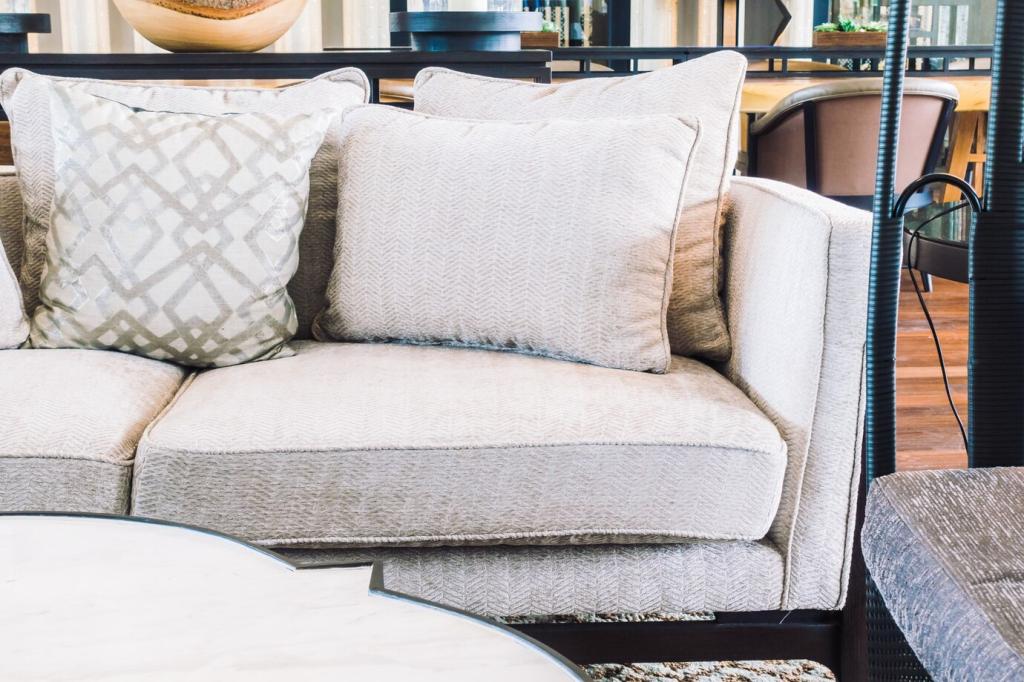
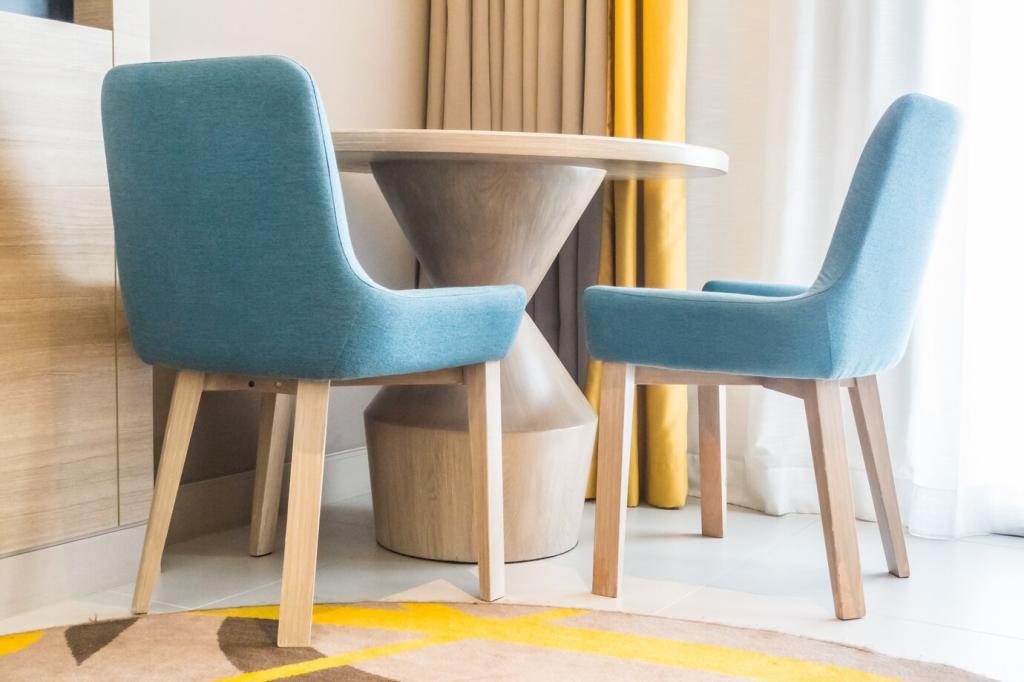
Silhouettes and Symbols
High backs, scrolled arms, and exuberant carving projected ceremony. Yet the added padding hinted at changing expectations: seats were no longer perches, but places to linger, listen, and converse.
Rococo and Neoclassicism: Grace, Restraint, and the Art of Sit
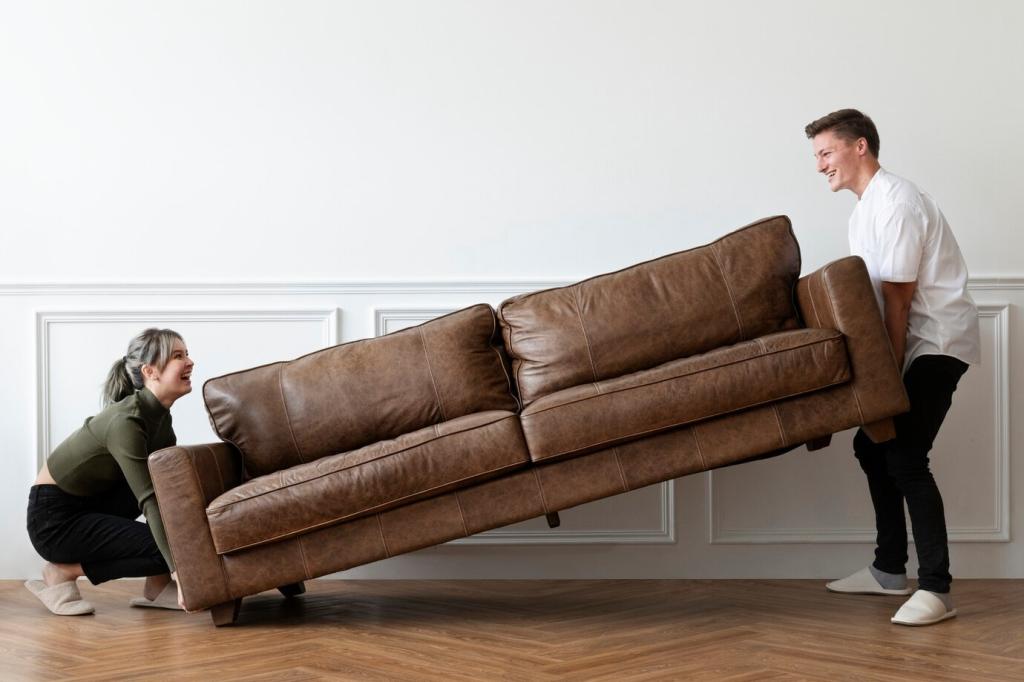
Cabriole legs, coquettish S-curves, and pastel damasks made loveseats hospitable to gossip and music. Upholstery cushioned flirtations, keeping conversations aloft without the stiff formality of earlier courtly posture.
Georgian Icons: The Chesterfield and Club Culture
Legend credits the 4th Earl of Chesterfield with commissioning a sofa that let a gentleman sit upright without wrinkling his coat. Deep button tufting and rolled arms sealed the icon.
Georgian Icons: The Chesterfield and Club Culture
Beneath the leather, artisans built stout hardwood frames, hand-lashed webbing, and precisely stuffed channels. The result: a seat that doesn’t simply look serious, it comfortably carries conversations for decades.
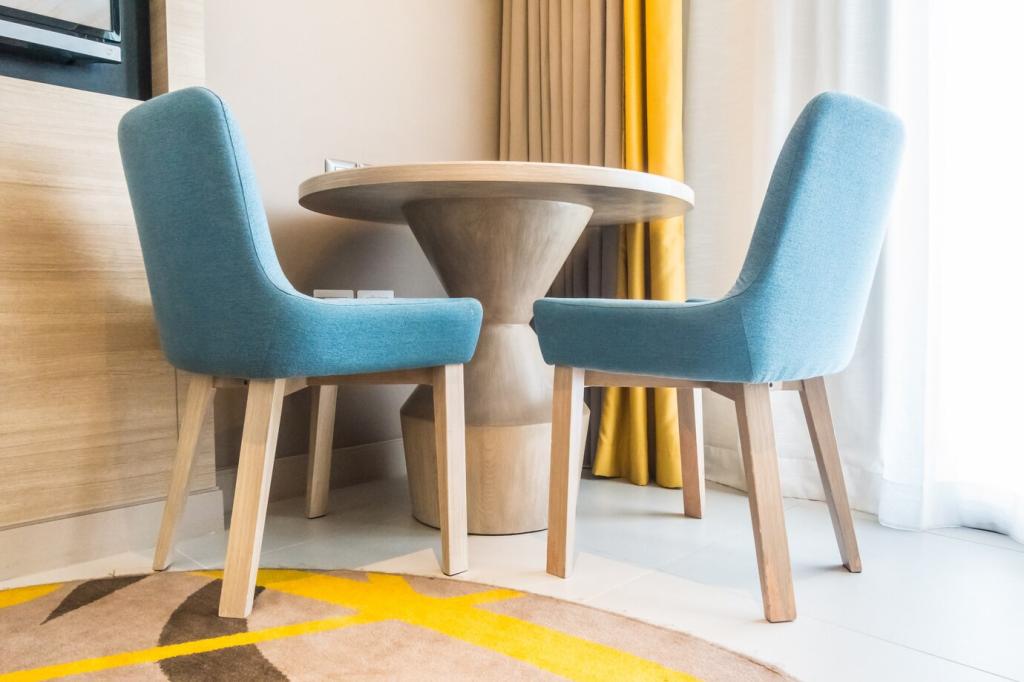
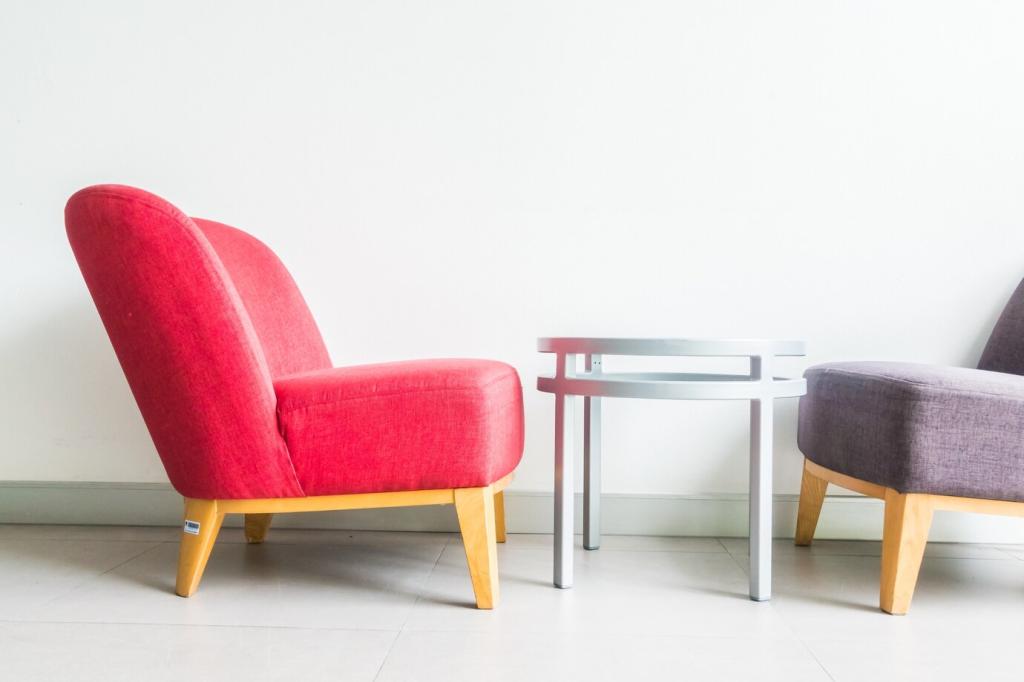
Victorian Innovation: Springs, Tufting, and Middle-Class Comfort
01
By the mid-nineteenth century, coiled steel springs and hand-tied systems transformed support. Seats grew deeper, backs softer, and families discovered evenings could stretch longer without fidgets or fatigue.
02
Button tufting, bullion fringe, and richly figured damasks gave even modest houses a theatrical glow. A neighbor’s fainting couch became a stage for letters, naps, and news exchanged in whispers.
03
Would you live with layers of tassels and tufting, or edit the look for today? Tell us which Victorian detail you would keep, and which you would quietly retire.
Art Nouveau to Art Deco: From Nature's Whiplash to Streamlined Glamour
Art Nouveau invited ivy, lilies, and flowing frames. Upholstered pieces hugged the human form, prioritizing organic comfort. Look closely and you will find embroidery echoing vines, and arms that unfurl like petals.
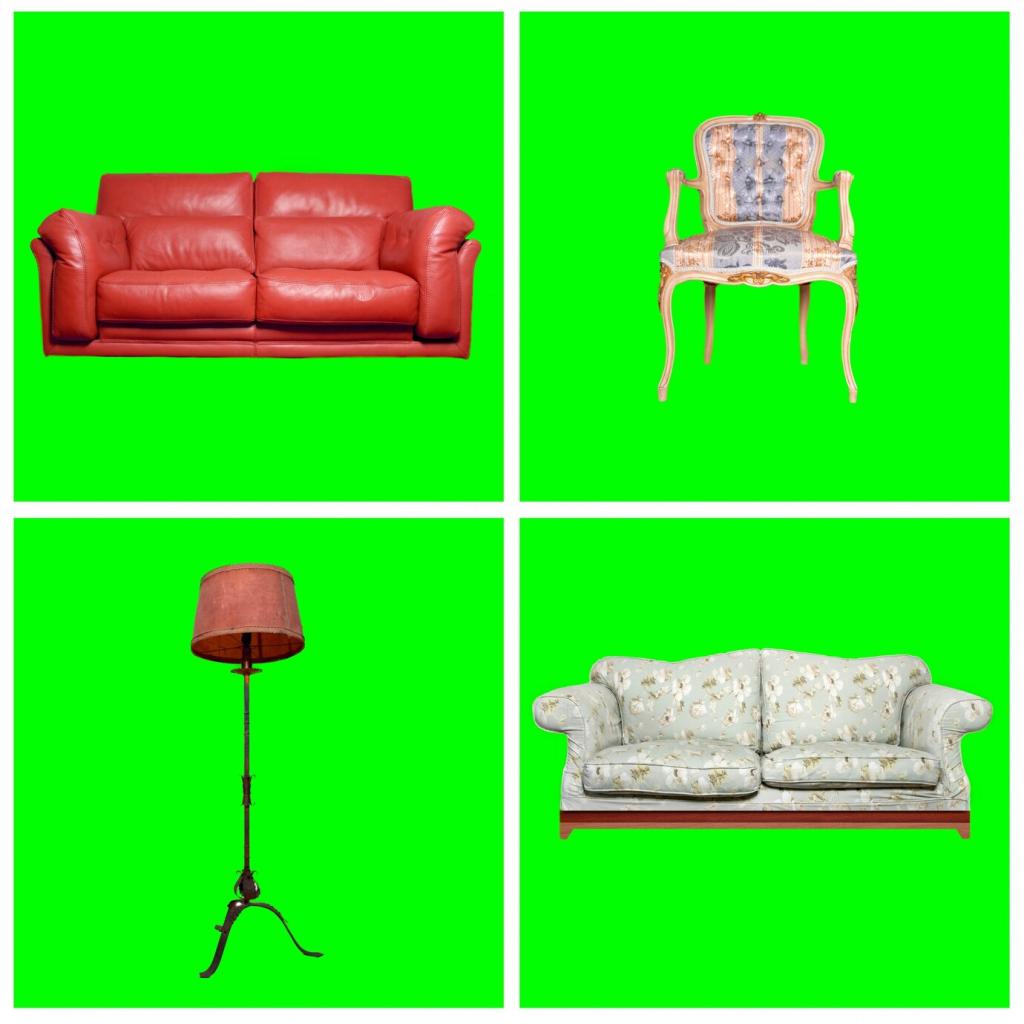
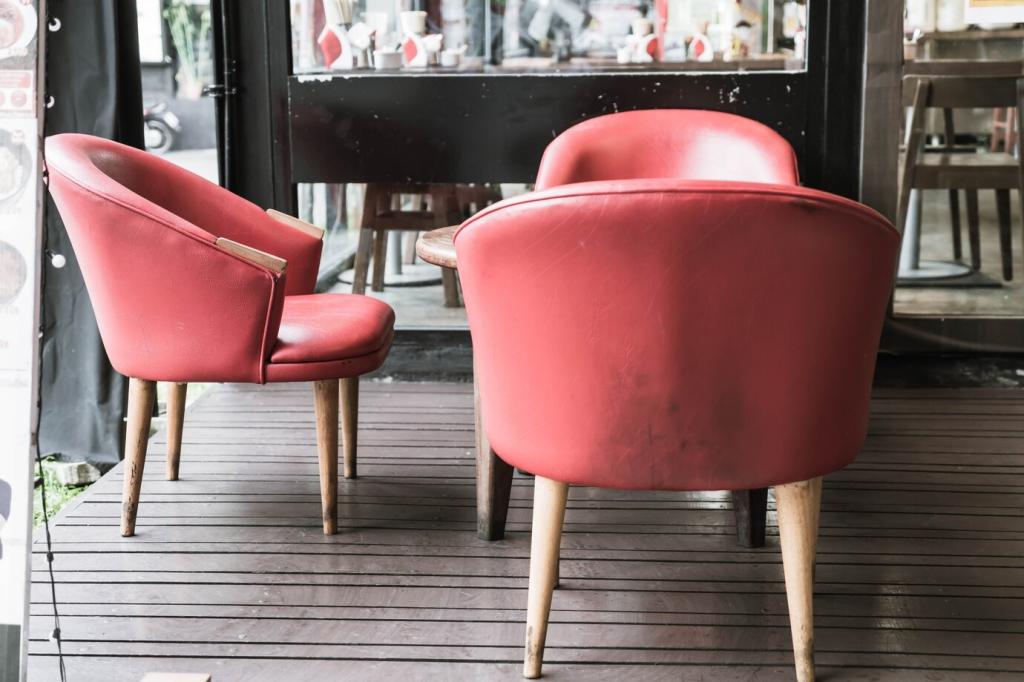
Art Nouveau to Art Deco: From Nature's Whiplash to Streamlined Glamour
By the thirties, club chairs squared their shoulders. Velvet met chrome, leather met lacquer, and pattern met precision. Upholstery grew bold, broadcasting optimism with piping, stepped arms, and heroic silhouettes.
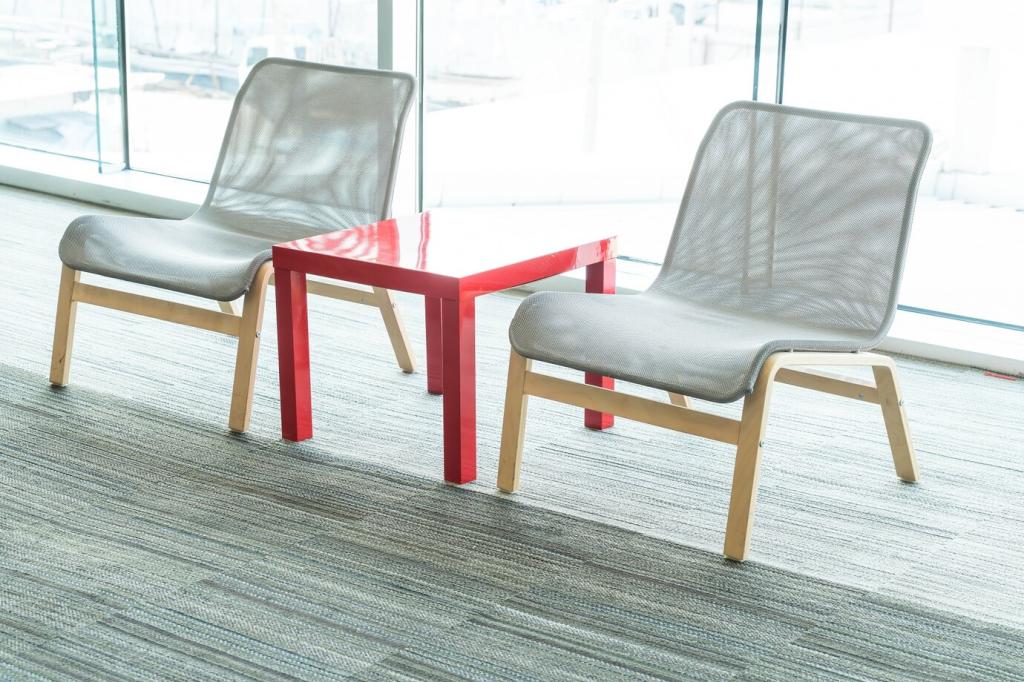
Lawson Logic
Commissioned for comfort, the early twentieth-century Lawson sofa offered loose back cushions and a low, unfussy silhouette. Readers swear by its nap-friendly depth. Which fabric would you choose for yours, and why?
The English Roll Arm
This perennial favorite pairs soft, rounded arms with tight backs or loose cushions. Understated, generous, and deeply sittable, it bridges clubby tradition and relaxed living. Tell us your go-to upholstery.
Wingback's Second Wind
Originally guarding against hearth drafts, wing chairs found new life in libraries and dens. Today’s versions keep that embrace. Show us patterns, piping, or studs that make yours unmistakably classic.
